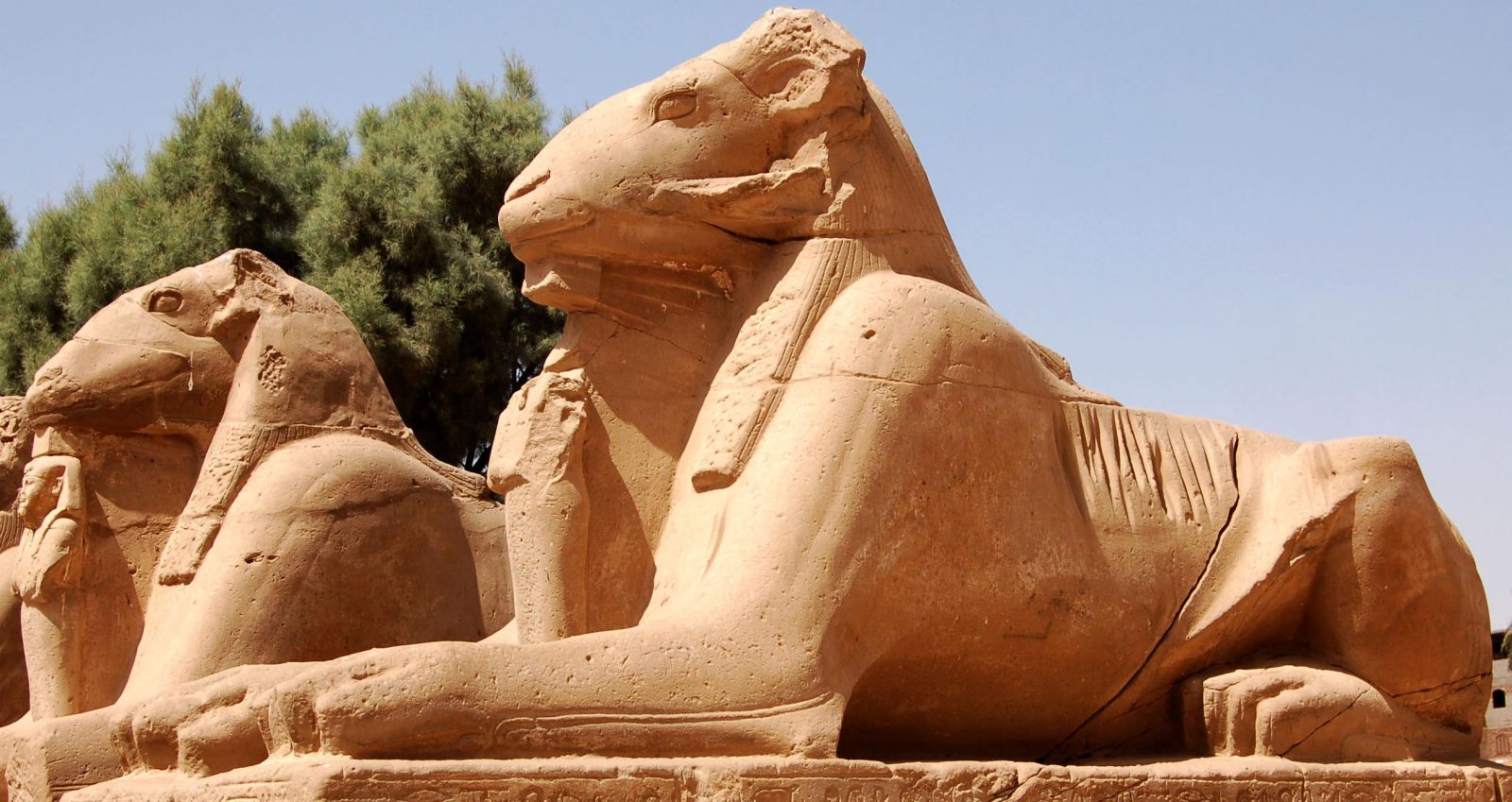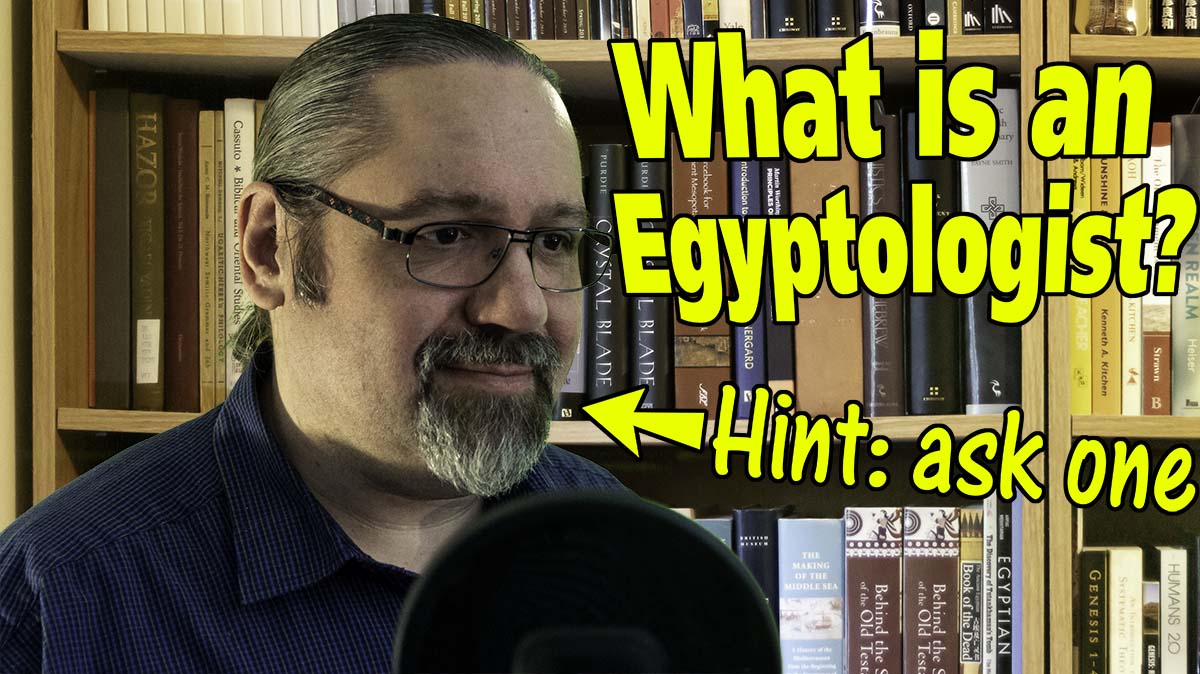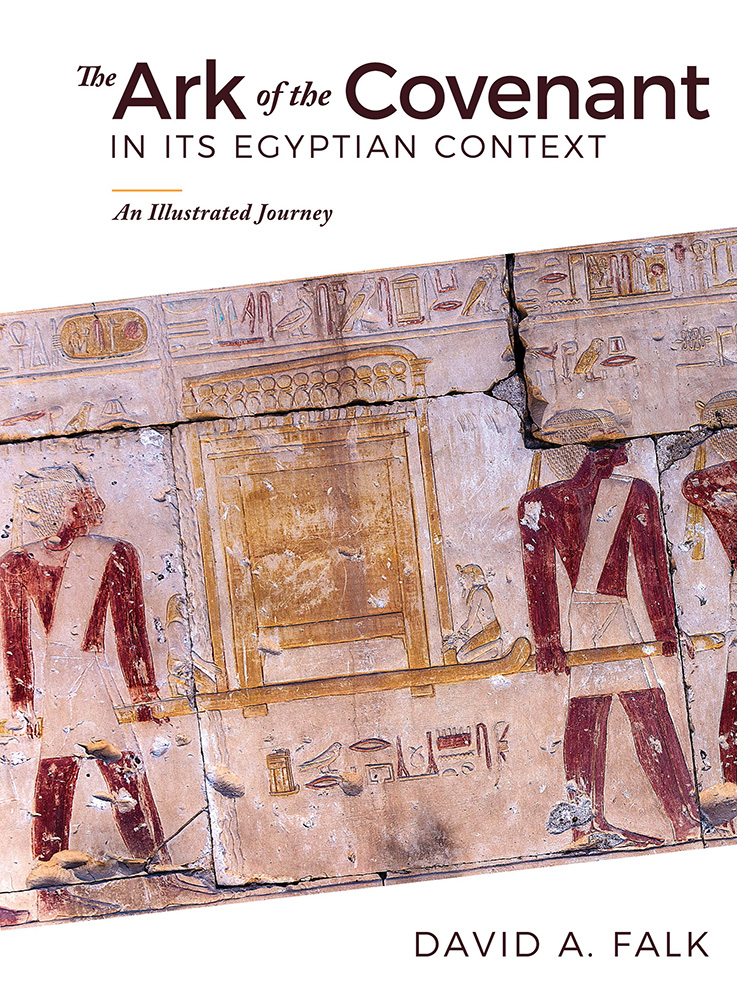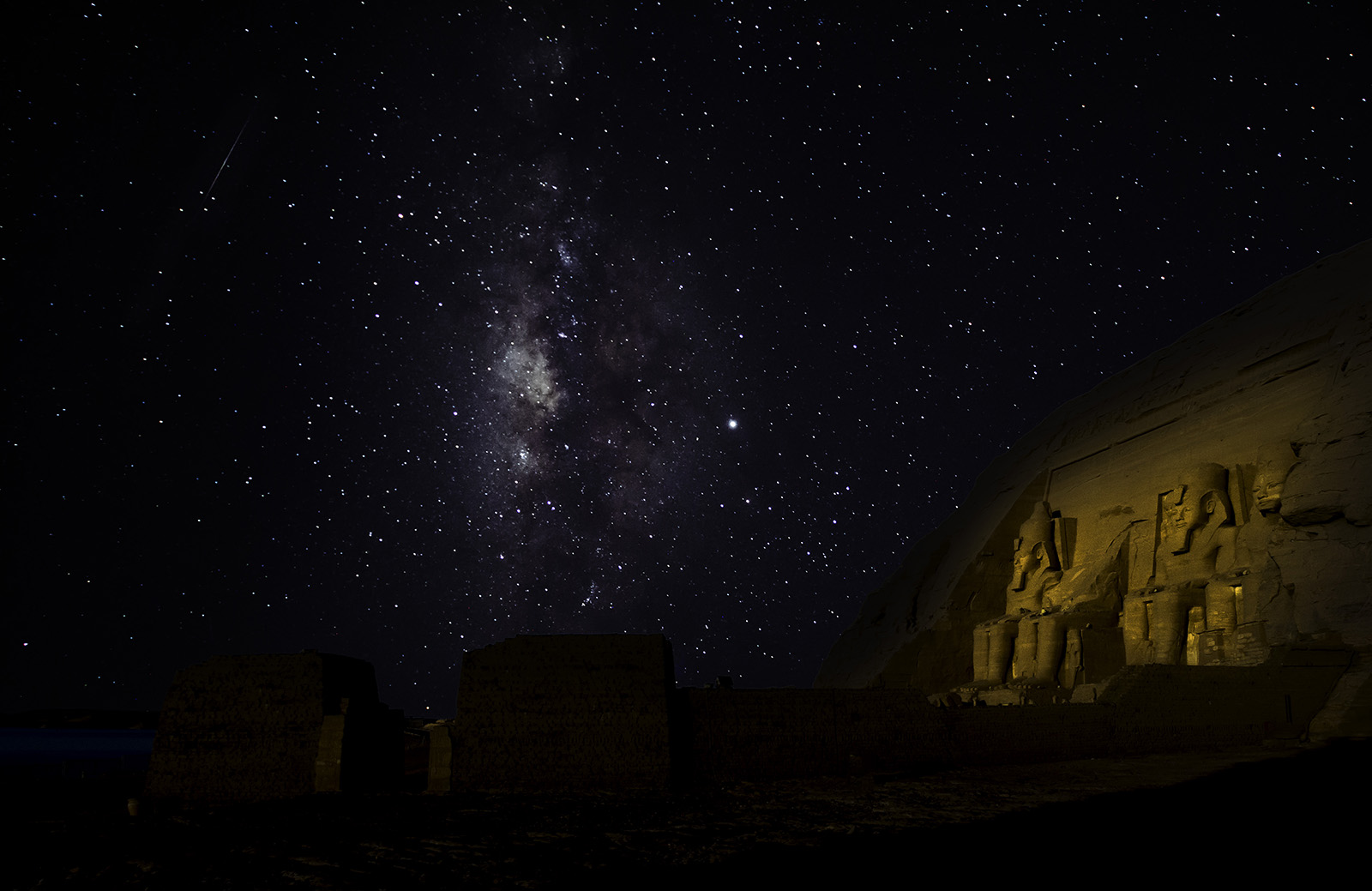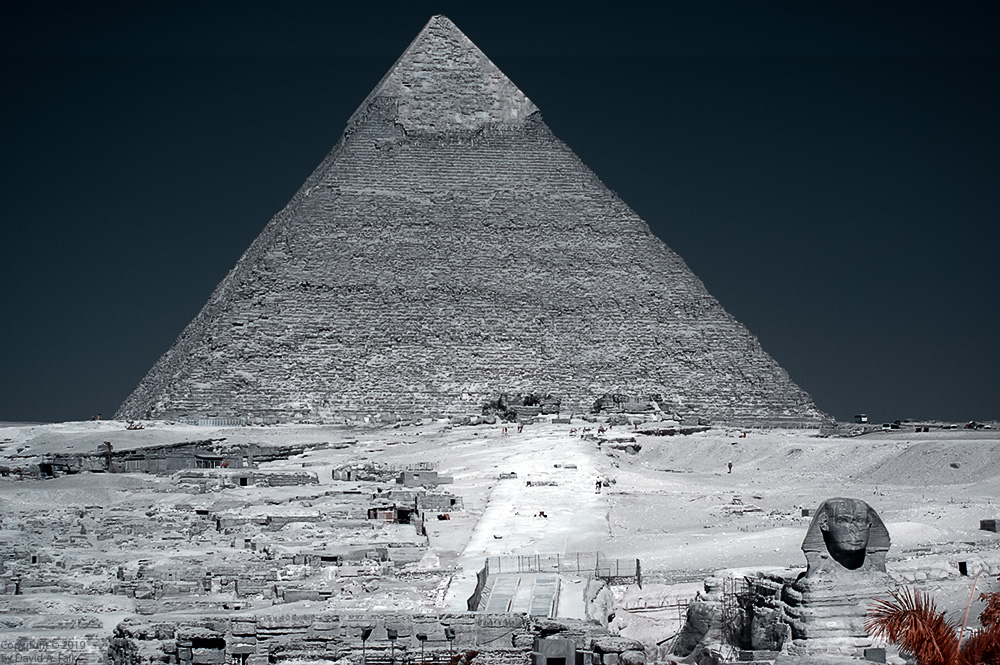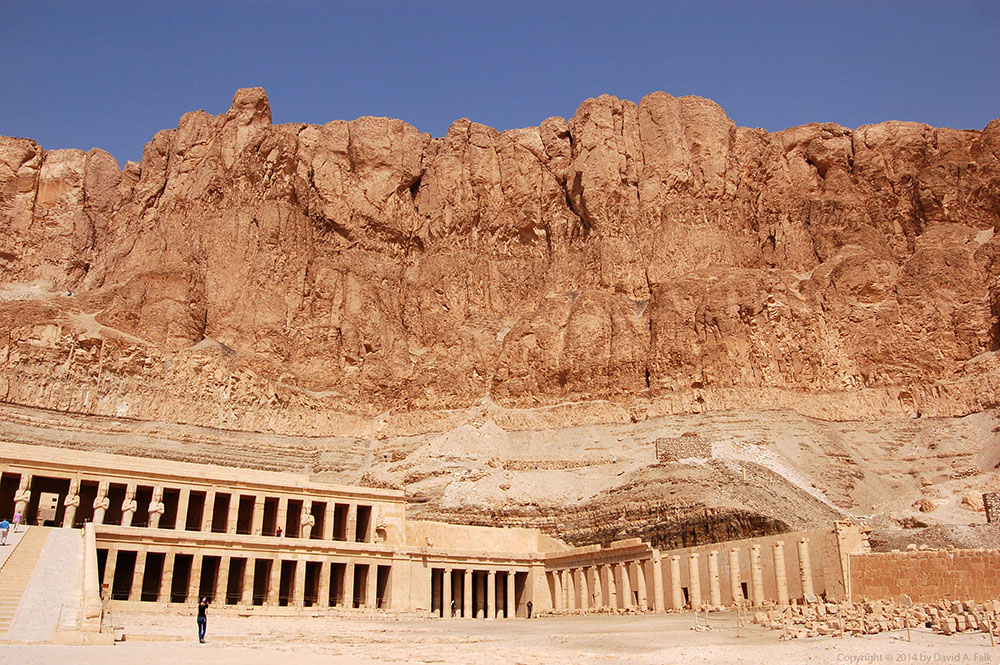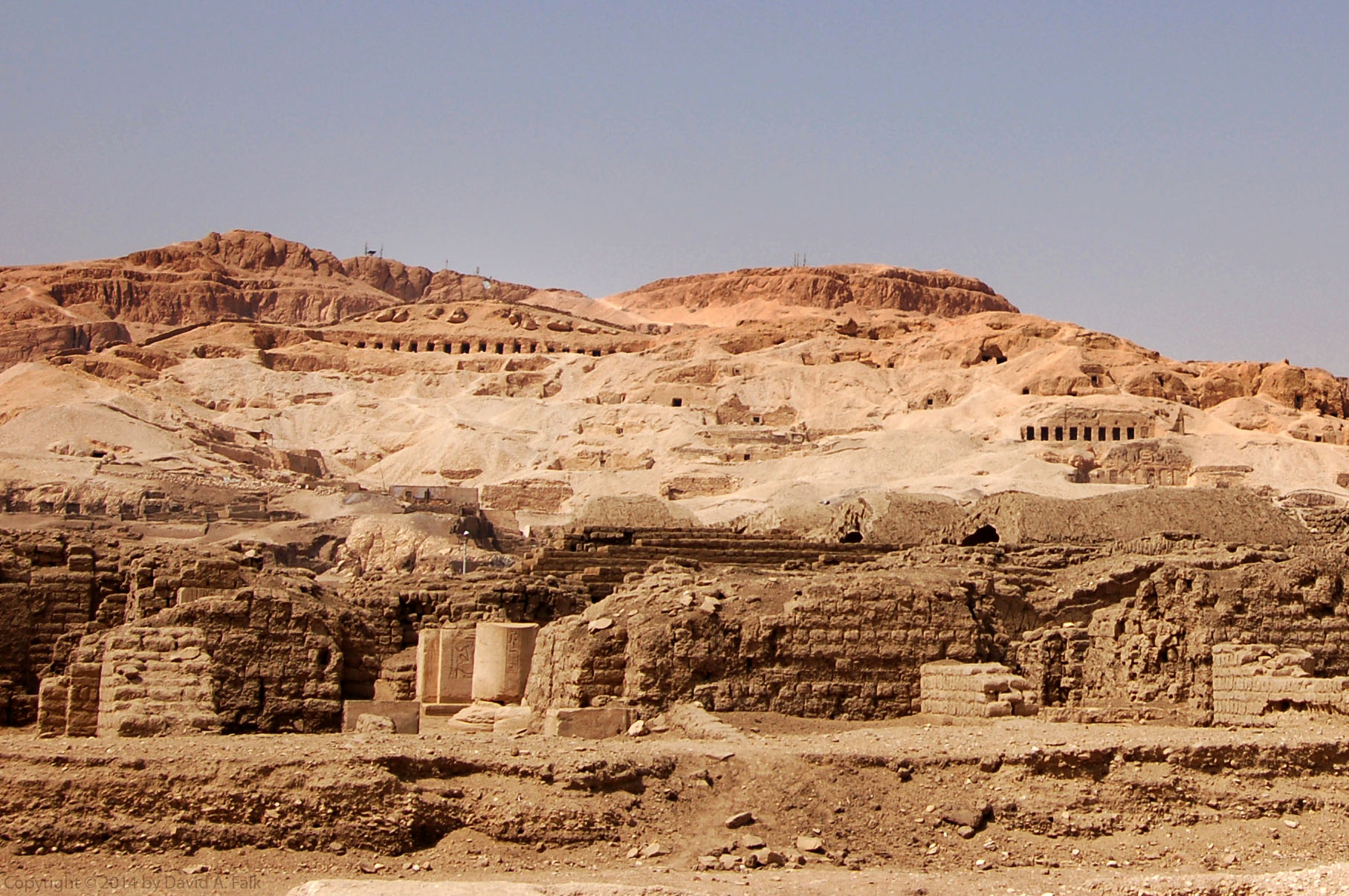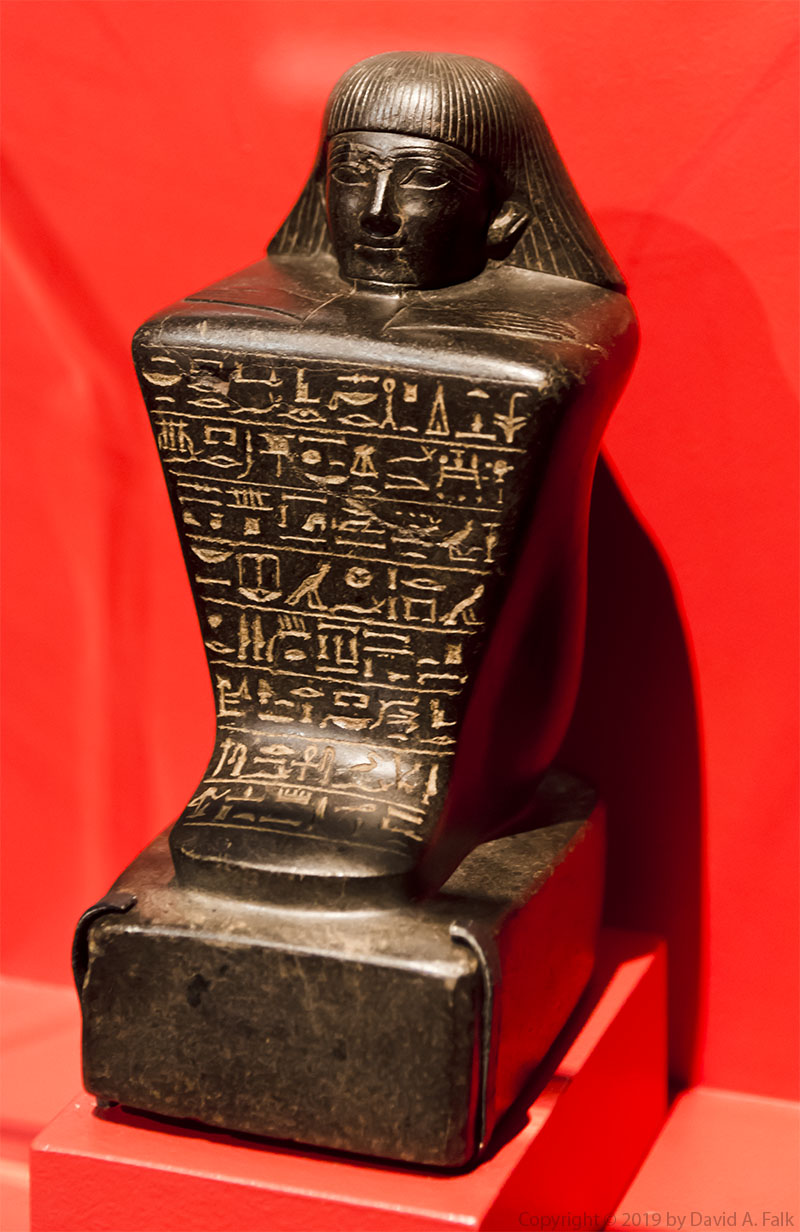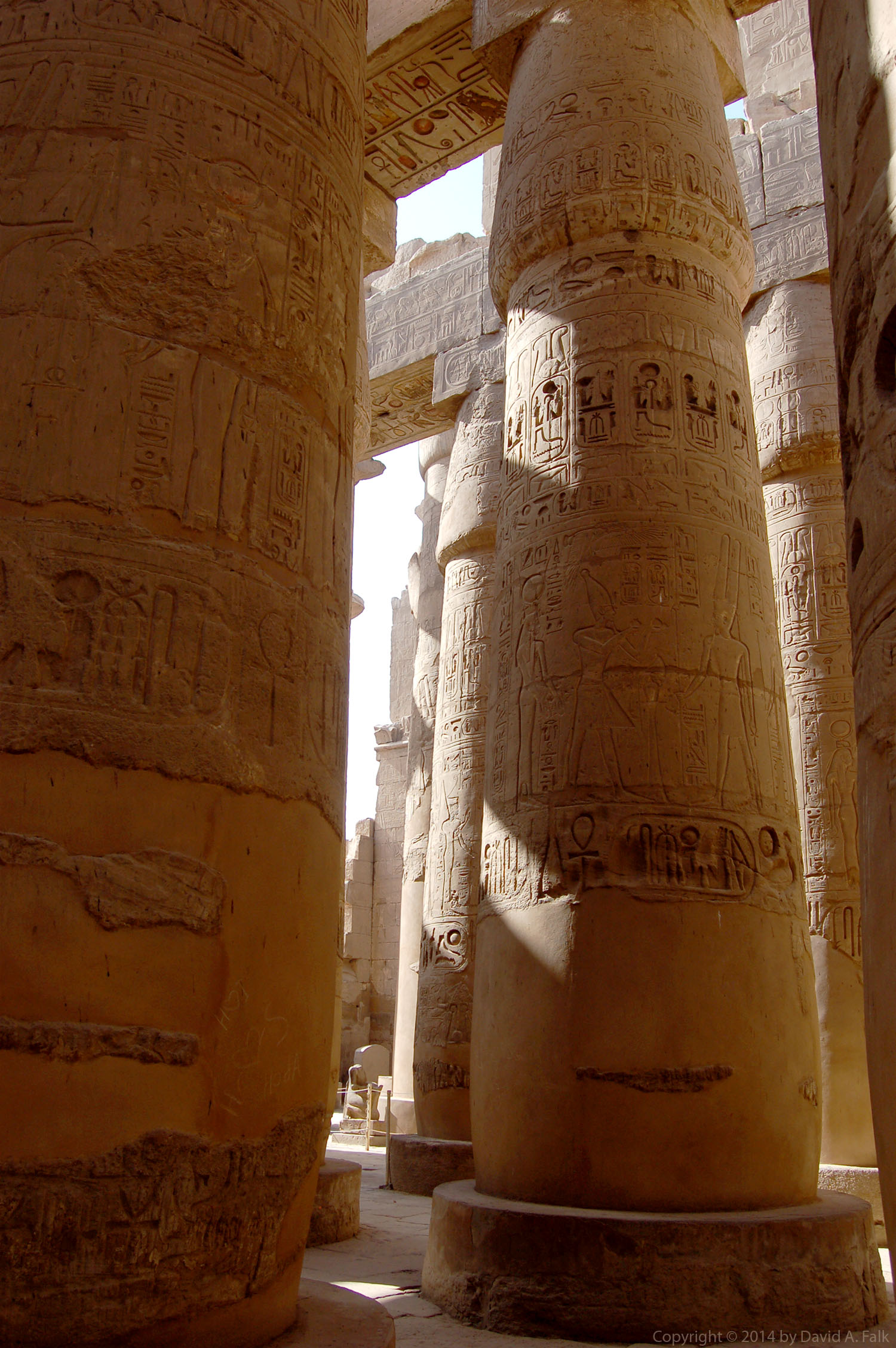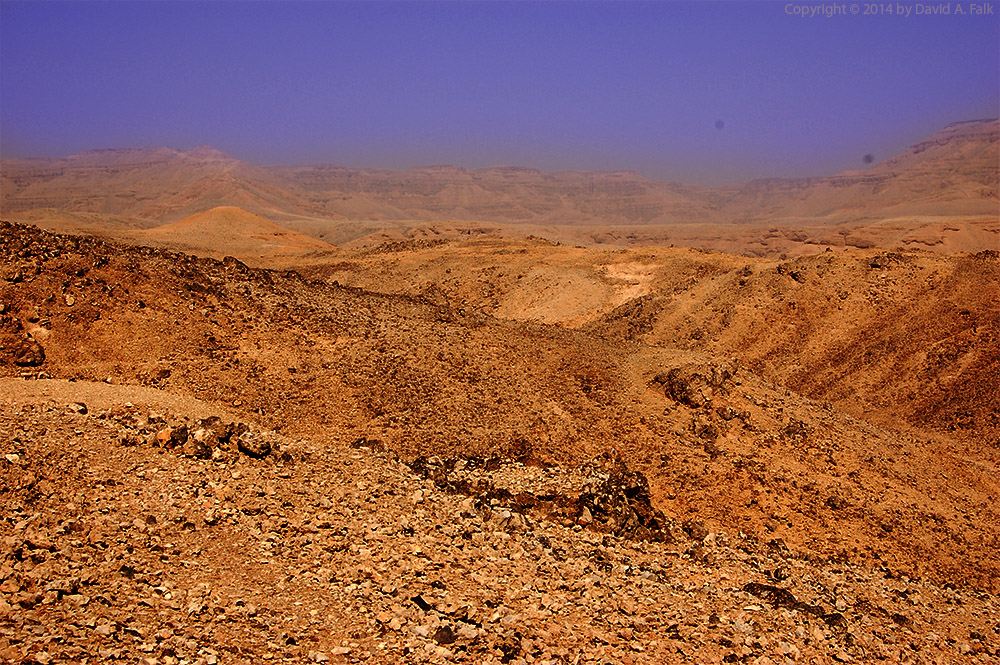I wanted to make my readers aware that I’ve started a new Youtube channel. The purpose of the channel is to answer people’s questions on ancient Egypt and the Bible. I’ve already posted two videos and I hope you will subscribe for the latest content.
Posts
Cover reveal for my new book.
I am happy to show you all the cover for my forthcoming book, The Ark of the Covenant in its Egyptian Context: An Illustrated Journey. The release date is set for December 1, 2020. And you can pre-order it now on Amazon. Pre-order on Amazon
Astrophotography of Abu Simbel
I thought that I would share a photo of the Great Temple at Abu Simbel that I took last July during my trip to Egypt. Being close to the Sudan border, there’s very little light pollution so the night sky is absolutely spectacular. I’m hoping to include this photo in my forthcoming book, which the publisher has decided to title “The Ark of the Covenant in its Egyptian Context: An Illustrated Journey.”
December 2019 Update
It’s been a while since I’ve posted anything on my blog. I know. I know. I promised to post regular bits of odds and ends until I finished my book, but that didn’t happen. Sorry. But I thought I would give a quick status update of what’s been happening, seeing as people are still reading my blog.
In July and August, I was in Egypt taking photographs for my book. It was three weeks of the most intense heat that I’ve ever experienced. And I returned with 28000 photographs, including the infrared photo above of the Pyramid of Khafre.
In November, I gave talks at the Evangelical Theological Society conference and the annual meeting of the American Schools of the Oriental Research. At the former, I gave a talk on purity concepts in ancient Egypt. At the latter, I presented a paper on violence in Egyptian religious iconography. Both talks were very well received. Plus, I made a lot of new contacts and friends in San Diego.
My Ark of the Covenant book is making steady progress. I’ve completed the rough draft of the first five chapters and am now working on the conclusion. I am excited to report that the publisher wants to make this a visually stunning volume packed with photographs.
And on Jan 11, 2020 at 1:30 pm, I will be giving a talk on the Ark of the Covenant at the Kehillath Tsion Messianic Jewish congregation.
Finally, I would like to wish all my Egypt and the Bible readers the best of the holiday season. I hope you all have a Merry Christmas and a most blessed New Year.
Panorama Photograph of the Peristyle Hall at Medinet Habu
A panorama photograph of the Peristyle Hall at Medinet Habu. Medinet Habu was initially built as the mortuary temple for Ramesses III, but later on became the main administrative center for West Thebes during the 20th and 21st dynasties. Unlike many of the mortuary temples in West Thebes, Medinet Habu is largely intact and even much of the paint on the reliefs remains preserved. Ramesses III reigned for 31 years and was assassinated in a conspiracy by his royal harem (Queen Tiye) to put a minor son, Pentawere, on the throne over the crown prince Ramesses IV.
Deir el-Bahari against the cliffs
This is a photo of Deir el-Bahari against the cliffs. This was the mortuary temple of Queen Hatshepsut of Dynasty 18. The temple is located in West Thebes next door to the Middle Kingdom temple of Montuhotep. When one visits Deir el-Bahari, one immediately notices the cliffs looming overhead. I wanted to capture the magnitude of the cliffs compared to the temple.
Saf Tombs from West Thebes
Over the next few months, I’m going to be actively engaged in writing my new book on the Ark of the Covenant and ancient Egypt. As such, I’m going to devote most of my time and energy to that endeavor. Unfortunately, I’m not going to be publishing blogs at the pace that I was.
However, what I am going to do is publish some photographs that I have taken over the years with a brief commentary. These photos should be of interest since they are taken with the eye of an archaeologist. So they should give you an unique perspective on Egypt.
Today’s photograph was taken at West Thebes. It is a photograph of a pair of saf tombs as seen from the Ramesseum. saf tombs typically date from the 11th to early 12th dynasties.
The American Research Center in Egypt (ARCE) annual meeting
Photography and Archaeology
Photographs are an important component to being a respected archaeologist. When people come to your lectures, they are not nearly as interested in your rigorous scientific method and seed counts, as they are interested in your stunning photographs. There is an old joke. “What is the difference between a historian and an archaeologist? The archaeologist has pictures.” Like a lot of jokes there is more than a grain of truth to the punch line.
Photographic Needs of the Archaeologist
Most archaeologists who do photography are self-taught. Many are simply handed a camera at a dig and told to take pictures. However, photography is a skill like any other. A skill that can be learned and can be done well or poorly.
In many ways the needs of the archaeology photographer are similar to the needs of the sports photographer. Unlike the average photographer, both sports and archaeology photographers normally ply their craft in low light conditions and need cameras that can do low ISO shots. Both benefit from fast, large aperture lenses. And both often find themselves in situations where tripods and flashes are often impractical or prohibited.
In museums and tombs, an archaeologist may have to take photographs that are good enough for publication but are restricted by extreme low-light environments where tripods and monopods are not permitted. When taking photography in temples, local administrators generally permit flash photography but may charge a hefty tripod “fee” if they see you carrying a tripod.
Sometimes you will have to carry your equipment for a good hike into mountainous terrain. Not all archaeological sites are located conveniently by a shopping mall parking lot. So anything you need, you may have to carry in and out of the camp site. Sure, that all-aluminum Manfrotto tripod is rock solid, but it is also rock heavy especially after a 10 mile hike.
Camera and Lens Recommendations
When it comes to selecting the equipment for doing archaeological photographs, I would recommend that one begins with a good modern camera body. A body that can do 24 megapixals and 25000 ISO is generally sufficient. Whether one chooses a cropped sensor or a full-frame camera depends largely upon personal goals and tastes. And there are advantages and disadvantages to either.
A good selection of lenses is a must. I would recommend 2 low light lenses (a 50mm prime and a 17-50mm telephoto) with an aperture no greater than f/2.8. The 50mm f/1.8 lens is super cheap and one the best general purpose lenses that you can get for your camera. For museum work, I typically use a Sigma 17-50mm f/2.8 EX DC OS lens. While I don’t generally like or trust Sigma lenses–they are heavy, expensive, and unreliable–this particular lenses has been a solid work horse for me.
I would recommend one long telephoto lens. I like the Tamron 70-300mm f/4.0-5.6 SP Di VC lens because it is a good value for the money. This lens has a good reach but is not as crisp as 70-200mm lenses. Nevertheless, a 70-300mm lenses is less than a quarter of the price and can focus in on those reliefs at the tops of the Egyptian pylons. In other words, good enough.
I would also recommend a wide angle rectilinear (not fish-eye) lens. No longer focal length than 17mm for cropped-sensor cameras and 25mm for full-frame cameras. Because of their wide angles of field, these lenses are particularly useful for taking interior photos of small, cramped rooms, such as tombs. I use the Tamron 10-24mm f/3.5-4.5 Di II VC. Wide angle lenses are also wonderful for taking those dreamy shots of the exteriors of monuments–we need more of these photos in archaeology.
Miscellaneous Equipment and Final Thoughts
Additional gear you should consider would be a speedlight off-camera flash with a flash cord–important for taking clear shots of reliefs. A solid, light, travel tripod, preferably made of carbon fiber. A shutter cord–yes, they still make them for DSLRs and they are still useful.
Also consider a good gear backpack to haul all your stuff. I prefer the backpack over the traditional camera bag. When you start accumulating multiple lenses and camera bodies, a traditional camera bag becomes way too awkward and bulky to carry around with you.
Stunning photography and great discoveries keeps archaeologists in the public eye. Many universities will teach you the rigor to make academically sound discoveries. But when it comes to learning photography, you are pretty much on your own. Yet, I’m hoping that this blog will be a helpful resource for those wanting to add photography to their archaeological repertoire.
Understanding Genealogies in the Bible (part 2)
Toledot, or Hebrew genealogies, often operate under slightly different rules than Western genealogies. Two weeks ago we discussed a bit about how genealogies work in the Bible. However, we can say more, which is why a part 2 is necessary.
Rules of the Toledot
Unlike what is commonly found in western genealogies, toledot often exclude intermediaries. These intermediaries were descendants that either did not reproduce or weren’t significant to the overall outcomes. Let’s take for example the toledot of Moses in Exodus 6:
And these are the names of the sons of Levi according to their generations: Gershon and Kohath and Merari; and the length of Levi’s life was one hundred and thirty-seven years. The sons of Gershon: Libni and Shimei, according to their families. The sons of Kohath: Amram and Izhar and Hebron and Uzziel; and the length of Kohath’s life was one hundred and thirty-three years. And the sons of Merari: Mahli and Mushi. These are the families of the Levites according to their generations. And Amram married his father’s sister Jochebed, and she bore him Aaron and Moses; and the length of Amram’s life was one hundred and thirty-seven years. [Exod 6:16-20]
Exod 1:5 states that 70 men entered Egypt who descended from Jacob. When the Israelites left Egypt, those 20 years or older were counted to number at least 603,550 according to the weight of the half-shekel redemption offering [Exod 38:26]. If we look at the generations of the toledot of Moses, we see three generations being born in Egypt. Levi begat Kohath, Kohath begat Amram, and Amram begat Moses. Many of the toledot from this period in the book of 1 Chronicles are quite short, usually three or four generations. The text makes it clear that Exodus 6 is naming the “families of Levites” or clans and not specifically the individuals involved per se.
The Unconventional Lifespans
If we took the toledot at face value, this becomes a demography problem. According to the CIA World Factbook 2016-2017 edition, the country with the highest fertility is Niger with 6.76 children/woman. So assuming that each person of the seventy original descendants of Jacob had both a wife and children, then it would take between 6 and 7 generations to produce a population of around 500,000.
The other thing one might notice is the unconventional length of the lifespan of the Moses’ ancestors. Levi lived to 137, Kohath to 133, and Amran to 137 years. There does not appear to be anything symbolic about these numbers. These numbers are not numerologically significant factors; such as 7, 12, or 40.
Now, I wouldn’t say that people living to 137 years is out of the question. Early calendar systems had idiosyncrasies that could account for some extended dating. Not to mention that the wages of sin could have accelerated death by diminishing potential lifespans.
But I think that a simpler solution is also possible. In many toledot, the chronicler may not be using the length that the person was alive. For example, in Exod 6:20, the chronicler says that the “years of the life of Amran were seven and thirty and a hundred.” The “years of the life of” may refer to living memory, which is the years that others have a living memory of the person. This would abbreviate the genealogy for the authors while using a definition for life that is part of the repertoire of the ancient Near East.
